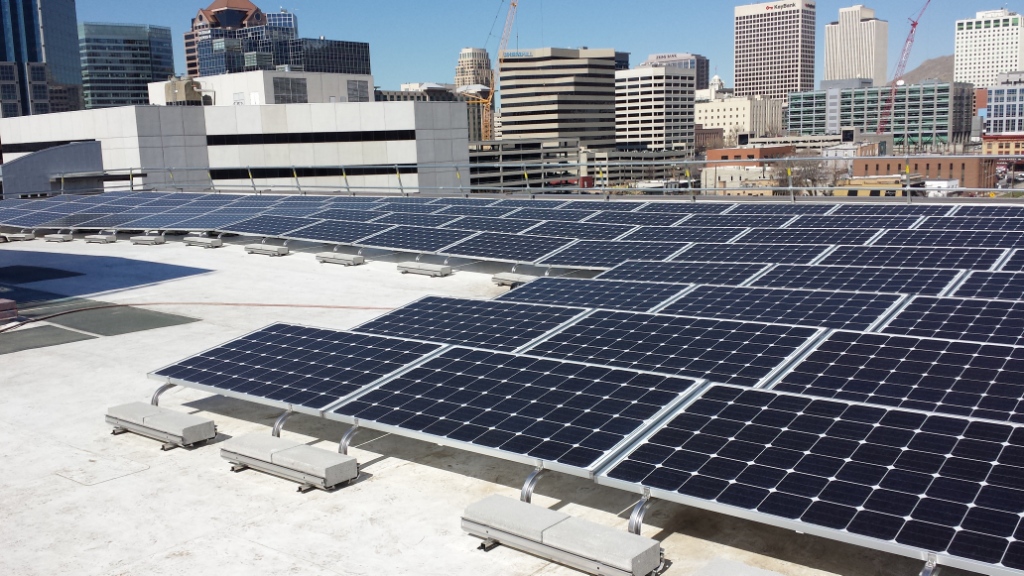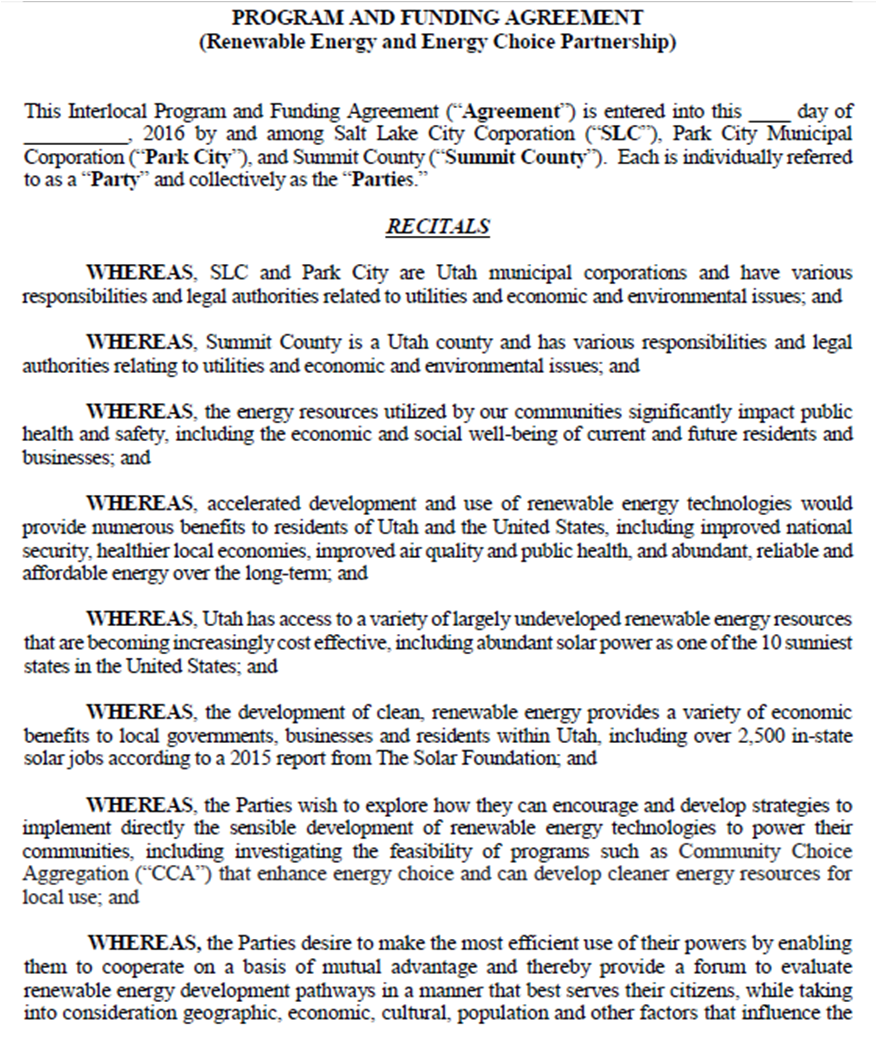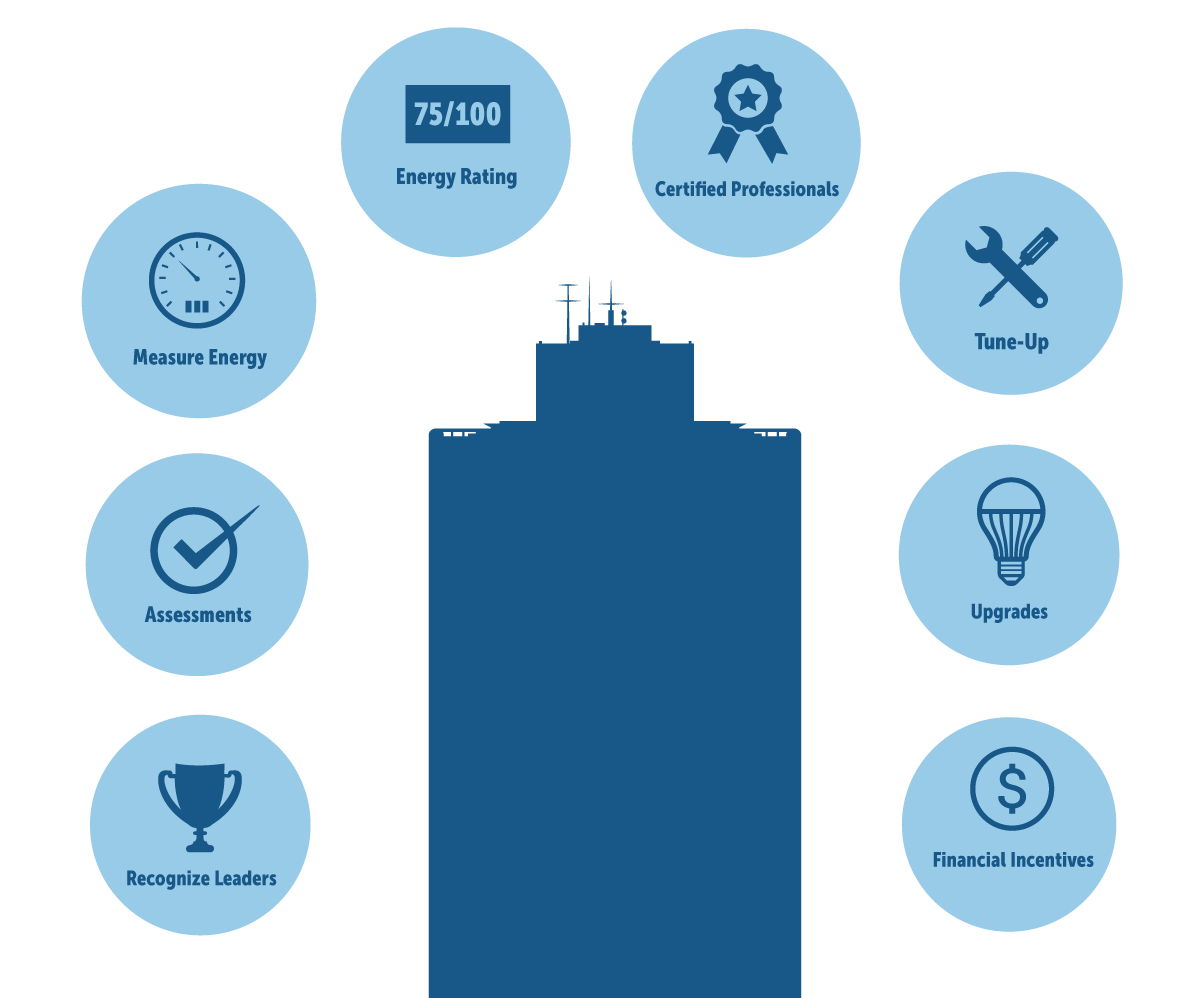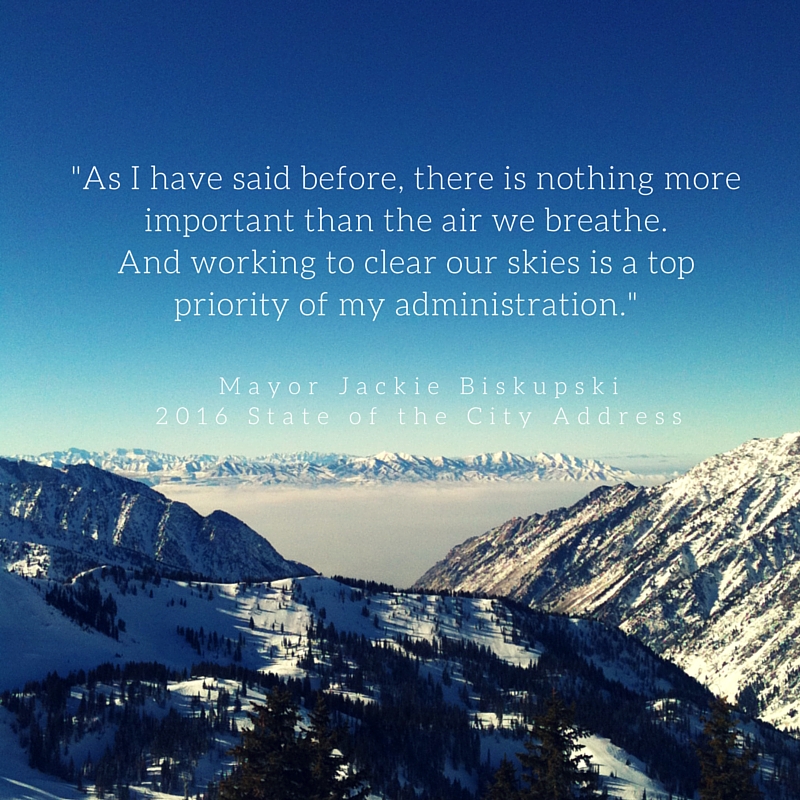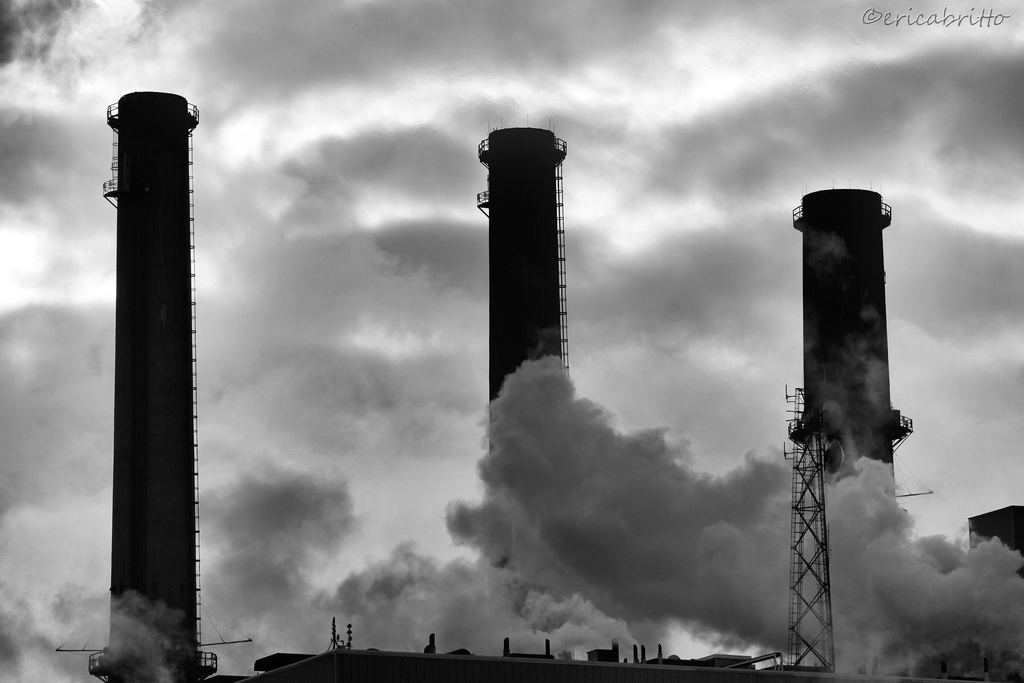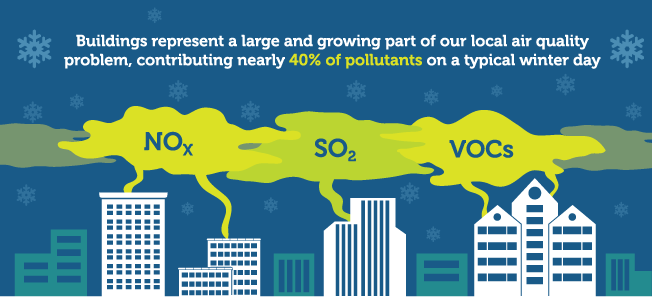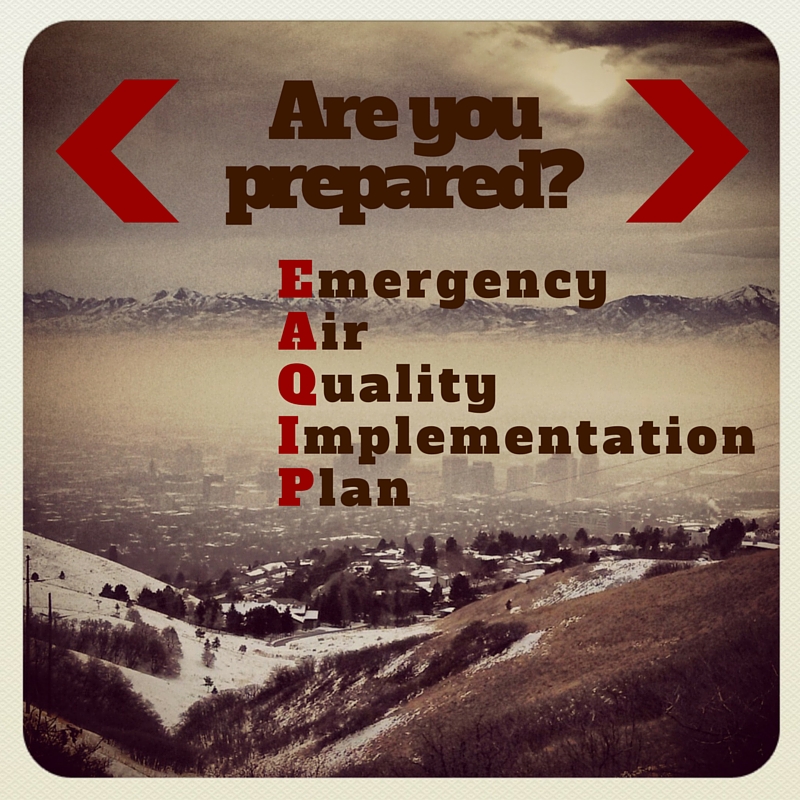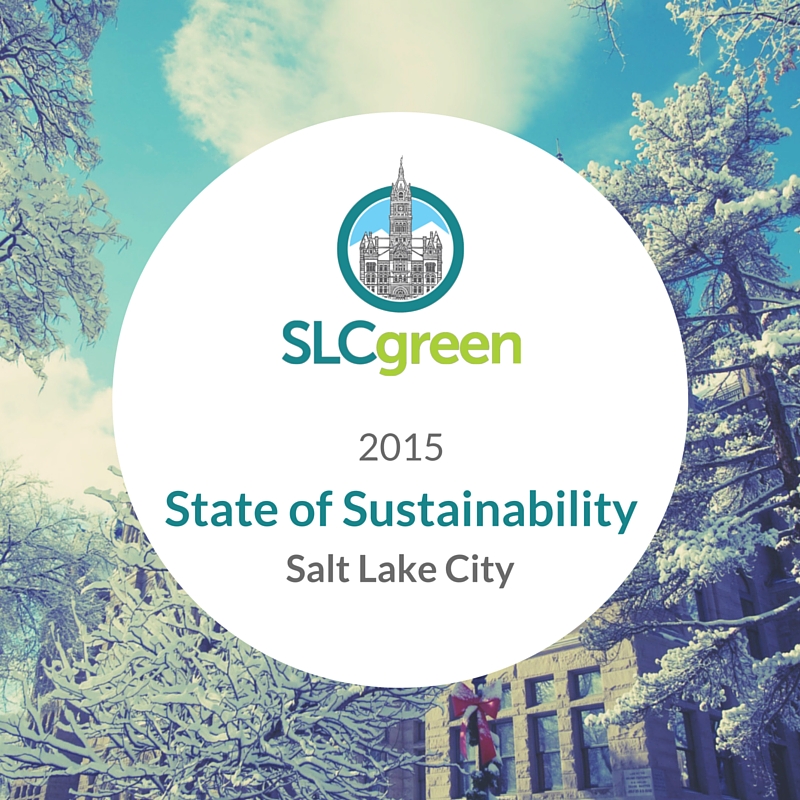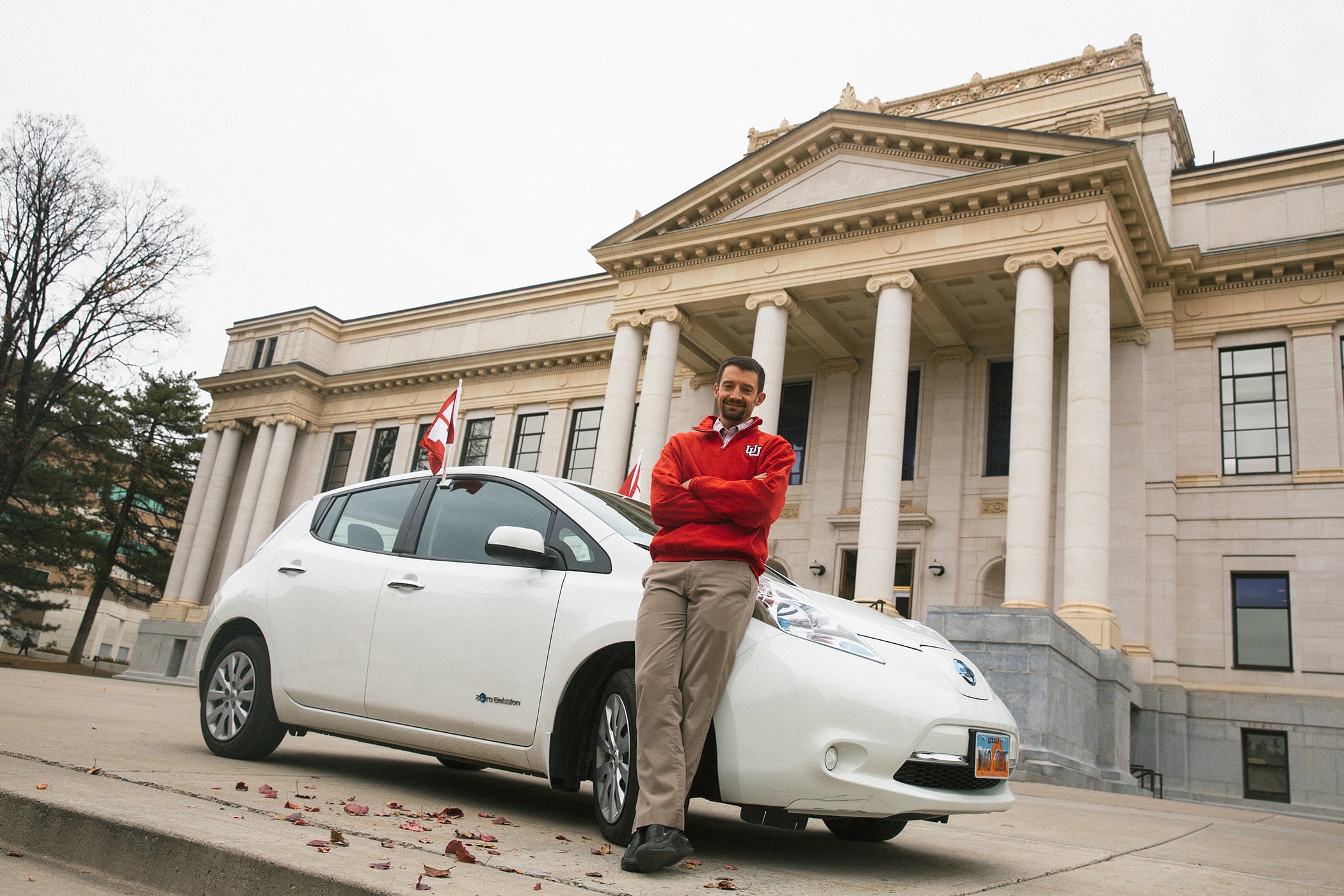
Exciting news from our friends at the University of Utah today! They have announced a new bulk purchase program that offers steep discounts on an array of electric vehicles. Read on for details – SLCgreen
The University of Utah is the first university in the country to sponsor a community-level electric vehicle purchase program that includes discounts on multiple makes and models.
U Community Drive Electric offers members of the U community, including faculty, staff, students, alumni and campus guests in Salt Lake, Summit, Weber, Tooele, Utah and Davis counties, the opportunity to purchase or lease electric vehicles at a discount of 5 percent to 20 percent off of MSRP. The limited-time program launches today, Dec. 14, and runs through Dec. 31, 2015.
Car dealers are able to offer a discount because these types of community programs tend to generate more customers in close proximity during a specific timeframe. There are three participating car dealers: BMW of Murray, Larry H. Miller Ford Lincoln – Sandy and Tim Dahle Nissan of Murray.
There will be a community workshop with questions and answers, Thursday, Dec. 17, 6-7:30 p.m. at the University of Utah Spencer Fox Eccles Business Building on the 7th floor, 7170.
This program is part of the university’s goal to implement creative solutions to lessen its environmental impact and to improve conditions for the community and future generations. With almost 50 percent of Utah’s urban air pollution coming from tailpipe emissions, electric vehicles represent an important tool for improving air quality along the Wasatch Front.
“We are excited to support U community members’ access to emissions-reducing cars that will improve air quality,” said University of Utah Chief Sustainability Officer Amy Wildermuth.
To offer this incentive, the Sustainability Office is partnering with Utah Clean Energy, a nonprofit, public interest organization that works to drive the transition to a clean energy future. The program is enabled by a generous grant from Utah Clean Air Partnership, or UCAIR, which encourages businesses, government agencies and nonprofit organizations to invest in emissions-reducing and energy-efficient technologies.
“This is a terrific program recognizing the positive impact electric cars can have on air quality,” said UCAIR Director Ted Wilson. “I congratulate the University of Utah and Utah Clean Energy for forming a strong program making electric cars more economical to buy. Once owned, they are clean and simple with almost no maintenance. In other words, both economically smart and a fine contribution to better air.”
“The support of UCAIR is key to U Community Drive Electric,” said Wildermuth. “This unique opportunity will allow individuals to make a meaningful difference for our local community and will serve as a model to others for what is possible. Reducing tailpipe emissions is just one of the many ways we are working to improve local air quality. With UCAIR support and partnership with Utah Clean Energy, we hope to help make a significant contribution.”
In addition to increasing awareness about electric vehicles’ impact on Utah’s air quality, the organizers of U Drive Electric hope to connect the benefits of combining solar power with electric vehicles.
“Fully electric vehicles have no tailpipe,” said Utah Clean Energy Executive Director Sarah Wright. “They eliminate 99 percent of the smog-producing volatile organic compounds, carbon monoxide and sulfur dioxide emitted by gas-fueled cars in our airshed. And when powered by solar energy, they are truly pollution free.”
U Drive Electric will also include plug-in hybrids to provide an opportunity for people who require a longer-range option to participate in the program. Including these vehicles maximizes the choices for consumers, which will ultimately help even more community members reduce their pollution.
Participating community members will sign up for the program with Utah Clean Energy at www.udriveelectric.org. Once registered, participants work directly with any of the selected dealers to purchase the electric car of their choice. Participants must sign a contract before Dec. 31, 2015, to guarantee the discount.
For more information about the U Community Drive Electric program, visit www.udriveelectric.org.
About Sustainability at the University of Utah
The University of Utah is committed to integrating sustainability across all areas of the institution, including academics, operations and administration. Additionally, the university is supporting sustainability efforts and research under the Sustainability Office to better streamline initiatives and collaboration across campus.
About UCAIR
UCAIR is a statewide clean air partnership created to make it easier for individuals, businesses and communities to make small changes to improve Utah’s air quality. Every small change adds to a collective bigger step toward better health, a better economy and better overall quality of life for all of us.
About Utah Clean Energy
Utah Clean Energy is Utah’s leading expert public interest organization working to expand renewable energy and energy efficiency in a way that is beneficial not only for Utah’s environment and health, but also our economy and long-term energy security. Utah Clean Energy is committed to creating a future that ensures healthy, thriving communities for all, empowered and sustained by clean energies such as solar, wind and energy efficiency.
